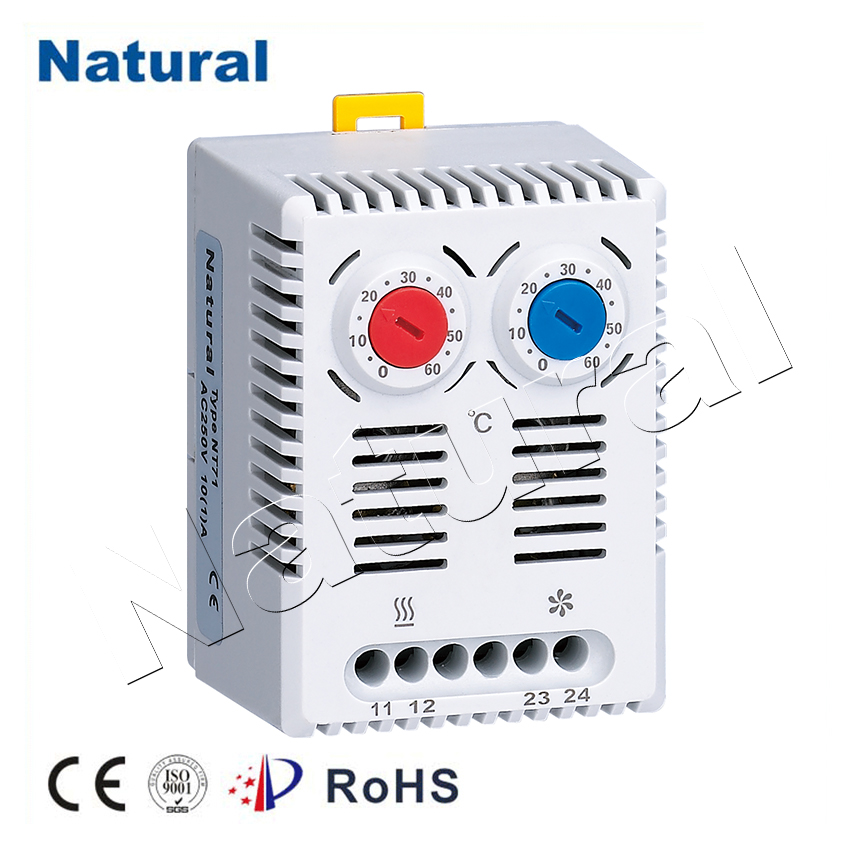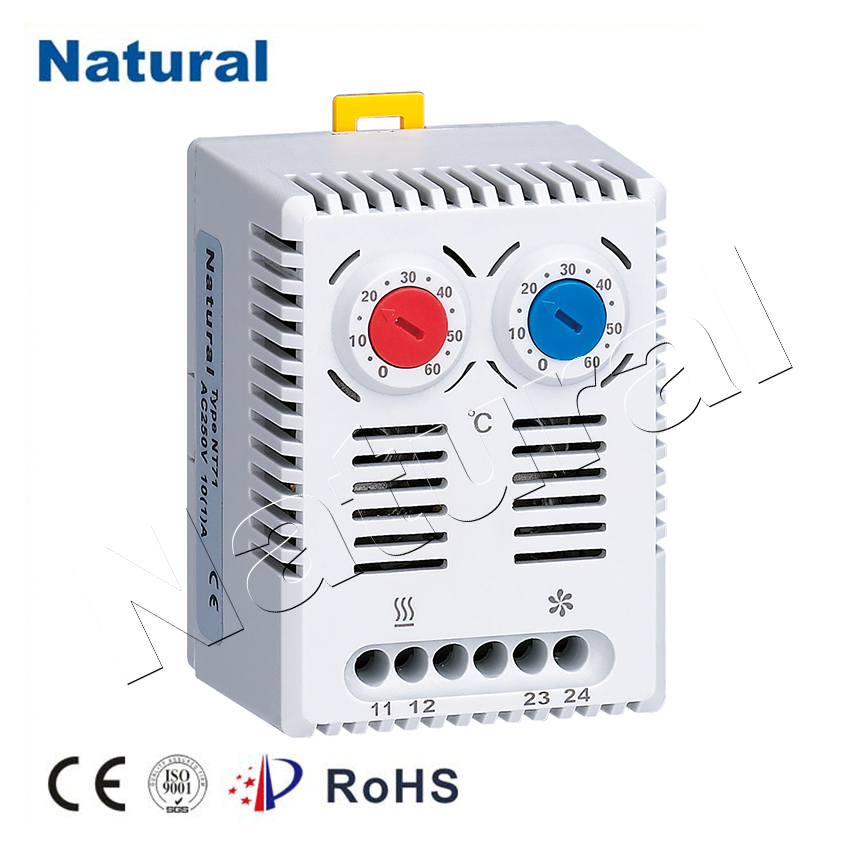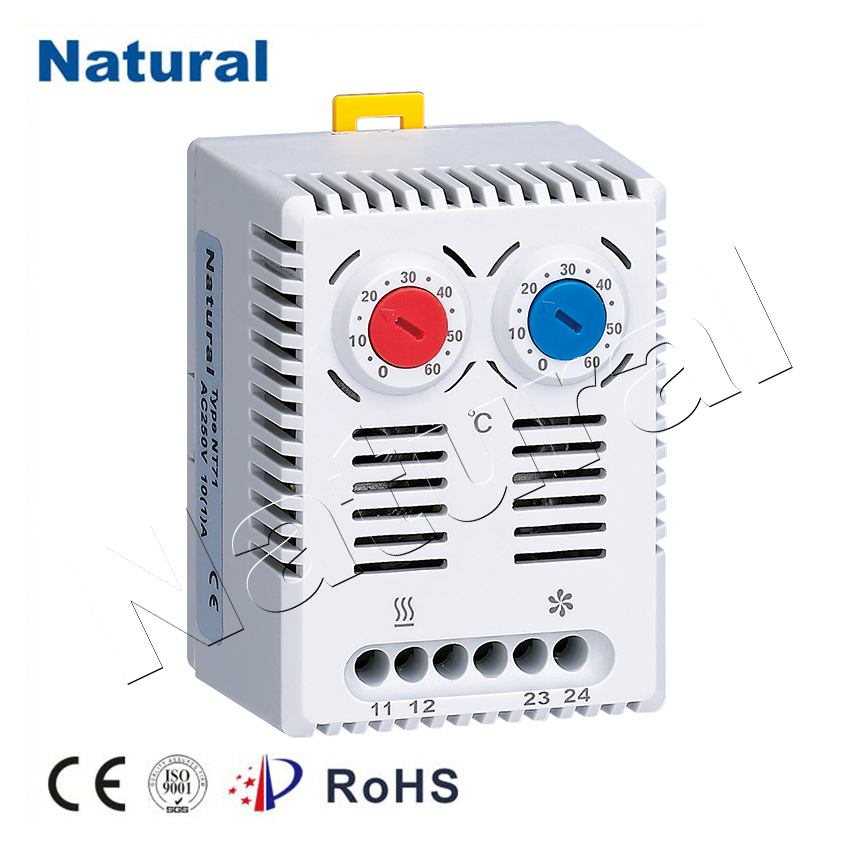A dual thermostat system is an innovative approach to managing indoor climate that enhances both comfort and energy efficiency. This technology, which employs two separate thermostats to control different zones or areas within a building, provides a range of benefits that make it a compelling choice for residential and commercial spaces alike.

At its core, a dual thermostat system divides a building into distinct zones, each with its own thermostat. This setup allows for independent temperature control in each zone, which is particularly useful in larger homes or multi-story buildings. For example, the thermostat on the upper floor can be set to a different temperature than the one on the lower floor, accommodating varying heating or cooling needs. This segmentation can lead to significant energy savings, as it prevents the entire building from being heated or cooled to the same temperature, which may be unnecessary for certain areas.

One of the ultimate advantages of a dual thermostat system is its ability to enhance comfort. Different rooms or areas of a building can have unique temperature requirements based on their usage and occupancy. For instance, a home office may require a cooler temperature for concentration and productivity, while a living room might be set to a warmer, cozier temperature for relaxation. By addressing these specific needs, a dual thermostat system ensures that every space maintains its optimal environment. Energy efficiency is another key benefit of dual thermostat systems. Traditional single-thermostat systems often heat or cool the entire building to a uniform temperature, which can lead to wasted energy and higher utility bills. In contrast, a dual thermostat system allows for more precise control, reducing the energy used in unoccupied or less critical areas. This targeted approach not only lowers energy consumption but also reduces wear and tear on HVAC equipment, potentially extending its lifespan.
